Experiencing a heart attack can be a life-altering moment that prompts a serious reassessment of one’s diet, lifestyle, and approach to long-term health. The days and weeks following such an event are not just about recovery but about transformation. Nutrition plays a pivotal role in this journey. While medical intervention is essential in the acute phase, the road to enduring cardiovascular health is paved with informed, intentional food choices. For those wondering what to eat after a heart attack fast food often seems off-limits, yet navigating real-world dietary choices is key to sustainable change. This article explores evidence-based strategies for crafting a diet following heart attack events and offers guidance on how to reduce troponin levels by food—a goal that supports both recovery and performance enhancement.
You may also like: Smart Nutrition Choices for a Healthier Lifestyle: What to Know About Whole Grain Rice and Whole Wheat Rice
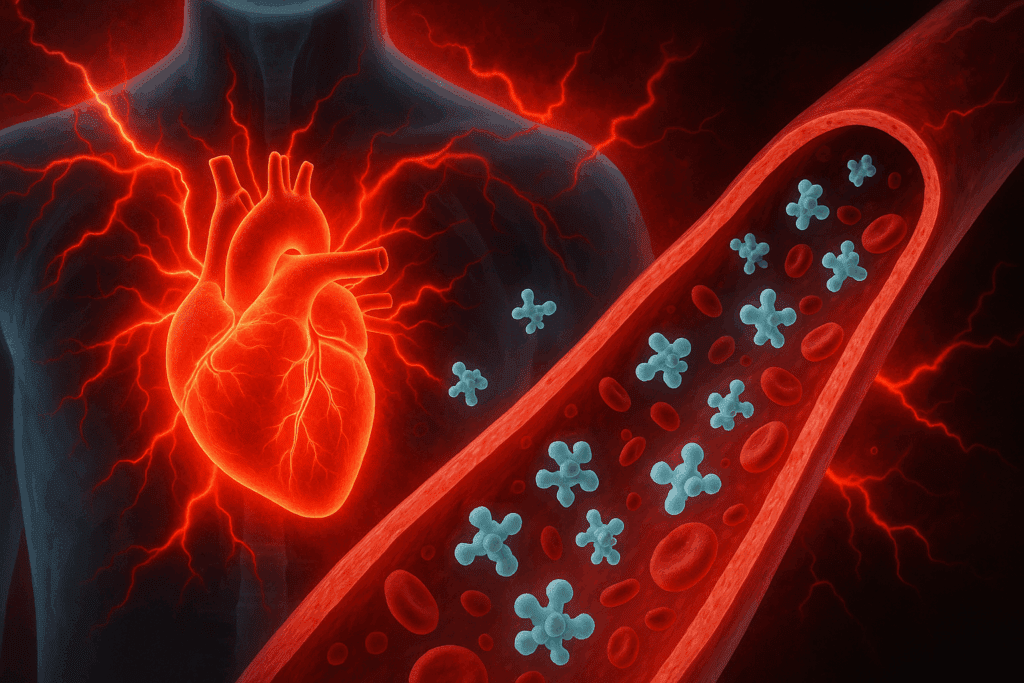
Understanding Troponin and Its Role in Heart Health
Troponin is a protein found in heart muscle that is released into the bloodstream when the heart is damaged, such as during a myocardial infarction. Elevated troponin levels are among the most reliable markers of heart injury and are routinely measured in emergency settings. However, research now shows that persistent low-grade elevations may also indicate ongoing stress or inflammation in the heart, even in the absence of acute symptoms. Therefore, reducing troponin levels through food and lifestyle is not only relevant for acute care but also for long-term cardiovascular resilience.
To understand how to reduce troponin levels by food, it’s important to grasp the connection between inflammation, endothelial function, and oxidative stress. Diets high in saturated fat, refined sugars, and ultra-processed foods tend to provoke chronic inflammation, which in turn places a continual burden on heart tissues. Anti-inflammatory and antioxidant-rich foods, on the other hand, help mitigate this stress, supporting cellular repair and protecting cardiac function. For athletes or individuals focused on performance enhancement, minimizing such subclinical damage is critical to maintaining endurance and stamina over time.
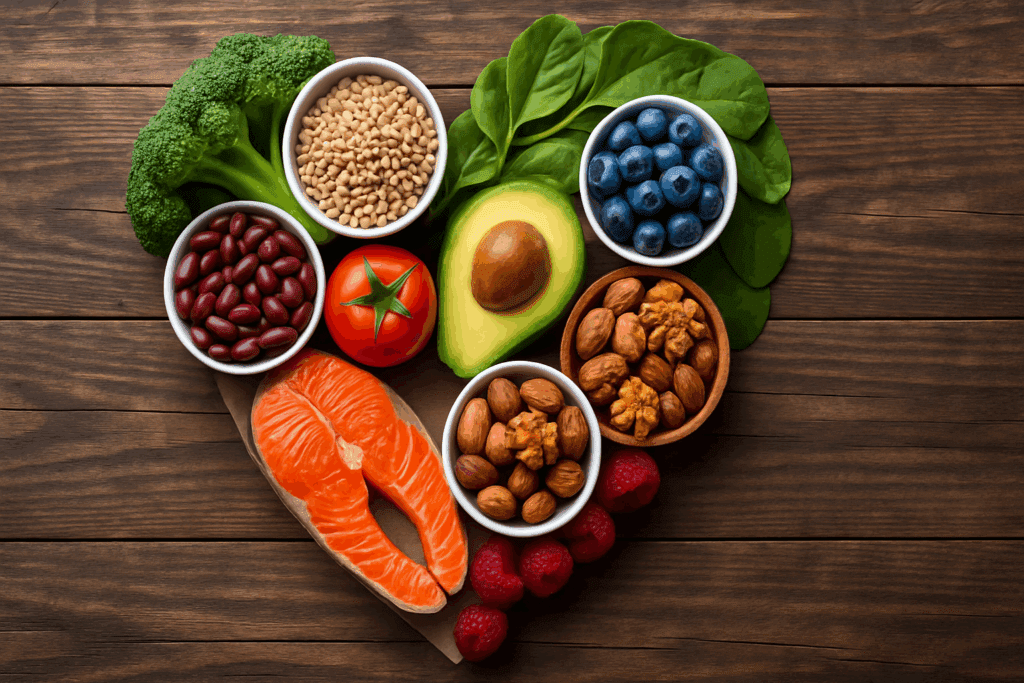
Crafting a Heart-Supportive Diet Following Heart Attack
The optimal diet following heart attack recovery must be centered around whole, nutrient-dense foods that actively work to restore heart function and prevent future cardiac episodes. While traditional recommendations emphasize low sodium and low cholesterol, contemporary research supports a more holistic approach that prioritizes anti-inflammatory nutrients, fiber, and plant-based diversity.
Key components of this dietary pattern include leafy green vegetables, fatty fish high in omega-3s, whole grains, legumes, and fruits rich in polyphenols. These foods have been shown to reduce LDL cholesterol, improve arterial flexibility, and lower systemic inflammation. Consuming them regularly can support efforts to reduce troponin levels naturally, especially when combined with reduced intake of trans fats, added sugars, and processed meats.
Importantly, the idea of completely avoiding fast food may not be realistic for many, especially those with limited time or resources. Instead, learning what to eat after a heart attack fast food style means making smarter choices within those environments. Opting for grilled proteins over fried, choosing salads with vinaigrette instead of creamy dressings, and skipping sugary beverages are examples of practical adaptations that still align with heart health goals.
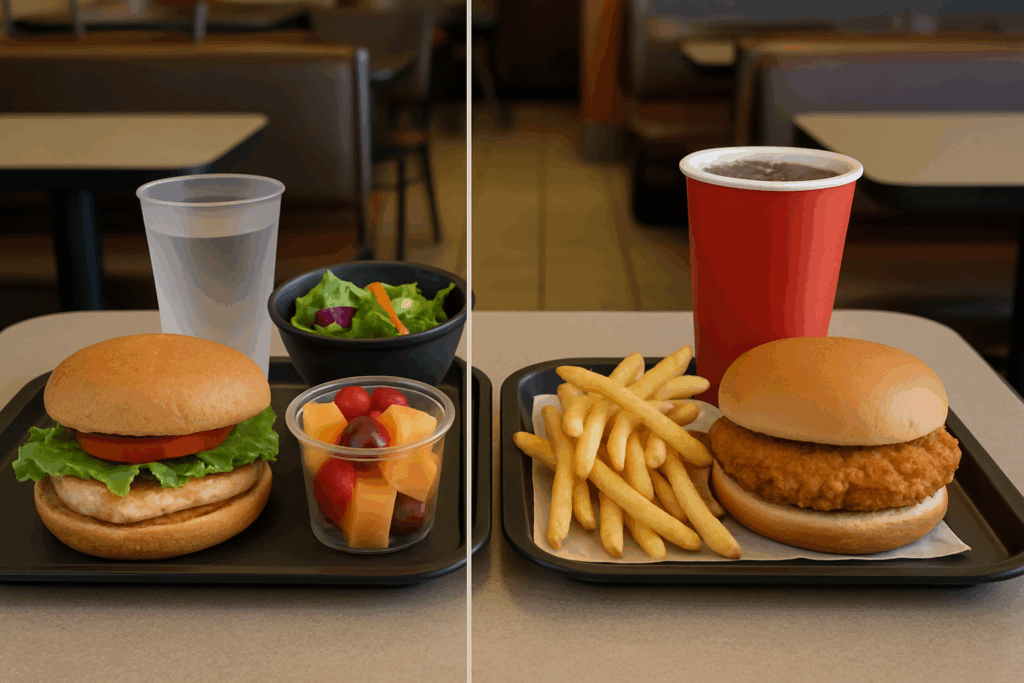
Smart Eating in the Real World: Heart-Safe Fast Food Choices
The reality is that most people will, at some point, find themselves relying on fast food for convenience. Rather than viewing this as a setback, it can become an opportunity for practicing mindful decision-making. For someone navigating a diet following heart attack, fast food menus can be navigated strategically.
Grilled chicken sandwiches without mayonnaise, side salads with olive oil-based dressing, and fruit cups instead of fries can all fit within a heart-healthy framework. At sandwich chains, whole grain bread with lean protein and plenty of vegetables is a good base. Even at burger chains, ordering a single patty without cheese or bacon, alongside a side of apple slices or a small salad, can align with broader dietary goals. While these choices may not be ideal in every respect, they represent meaningful steps in integrating nutrition principles into everyday life. For individuals committed to performance enhancement, these small adjustments add up to long-term cardiovascular stability.
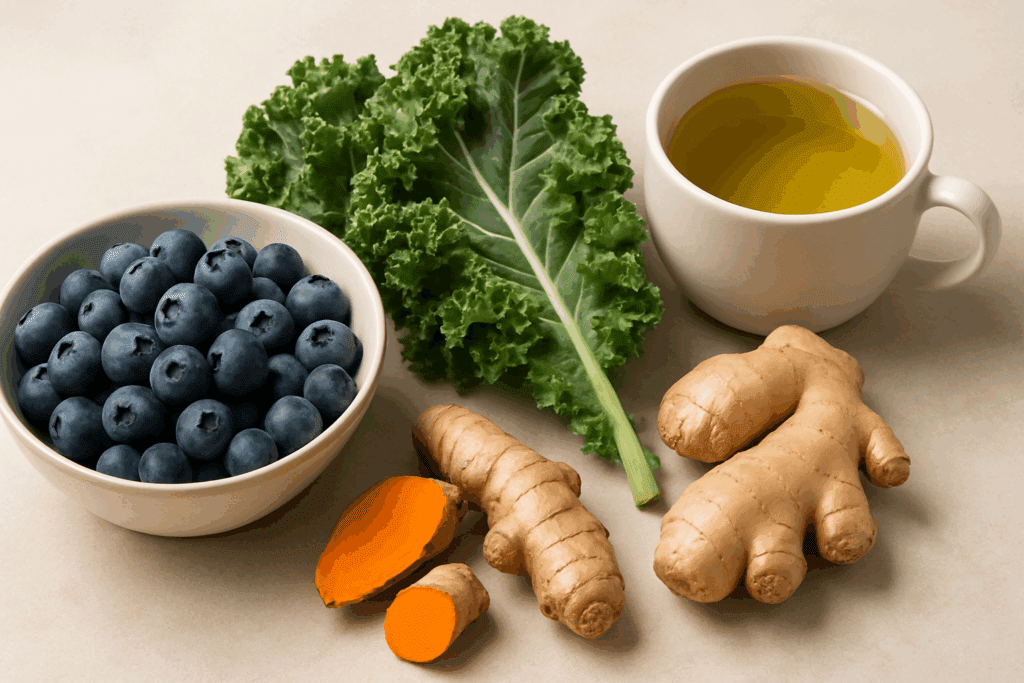
Anti-Inflammatory Foods That May Reduce Troponin Naturally
There is a growing body of evidence supporting the role of specific foods in reducing systemic inflammation, which in turn may help lower troponin levels over time. Among these, berries stand out due to their dense concentration of anthocyanins, which have demonstrated anti-inflammatory and endothelial-protective effects in clinical trials. Leafy greens like spinach and kale are rich in folate and nitrates, which help promote vascular dilation and reduce oxidative stress.
Fatty fish such as salmon and sardines, which are high in omega-3 fatty acids, have also shown promise in reducing biomarkers associated with cardiovascular damage. When thinking about how to reduce troponin levels by food, omega-3s are consistently highlighted for their ability to counteract inflammatory pathways and support cardiac muscle recovery. Other beneficial additions include turmeric, ginger, and green tea—all of which contain bioactive compounds that modulate inflammation and support cellular health.
Whole grains like oats, quinoa, and barley contribute not just fiber but also B vitamins and phytonutrients that regulate blood sugar and support metabolic health. For someone adapting to a diet following a heart attack, these grains serve as a nutritional anchor that stabilizes energy levels and supports endurance, especially when paired with ample hydration and low-glycemic vegetables.
Nutritional Strategies for Enhancing Endurance After Heart Events
Recovery from a heart attack doesn’t mean relinquishing goals related to stamina and physical performance. In fact, a thoughtfully constructed nutrition plan can help individuals regain strength and vitality while reducing risk. This is especially relevant for those in training or athletic contexts. Focusing on nutrient timing, macronutrient balance, and recovery-specific foods can provide a strong foundation.
Lean proteins like chicken breast, tofu, lentils, and low-fat dairy support muscle repair without overburdening the cardiovascular system. These should be paired with complex carbohydrates such as brown rice, sweet potatoes, and whole grain pasta to maintain glycogen stores and fuel sustained activity. For individuals wondering what to eat after a heart attack fast food context included, selecting balanced meals with both protein and fiber ensures better blood sugar control and satiety.
Hydration is another essential component. Dehydration stresses the heart and can hinder both recovery and athletic performance. Electrolyte-rich fluids like coconut water or diluted sports drinks may be helpful during endurance activities, especially when sodium loss is a concern. Importantly, caffeine intake should be monitored, as it can impact heart rhythm and blood pressure in sensitive individuals.
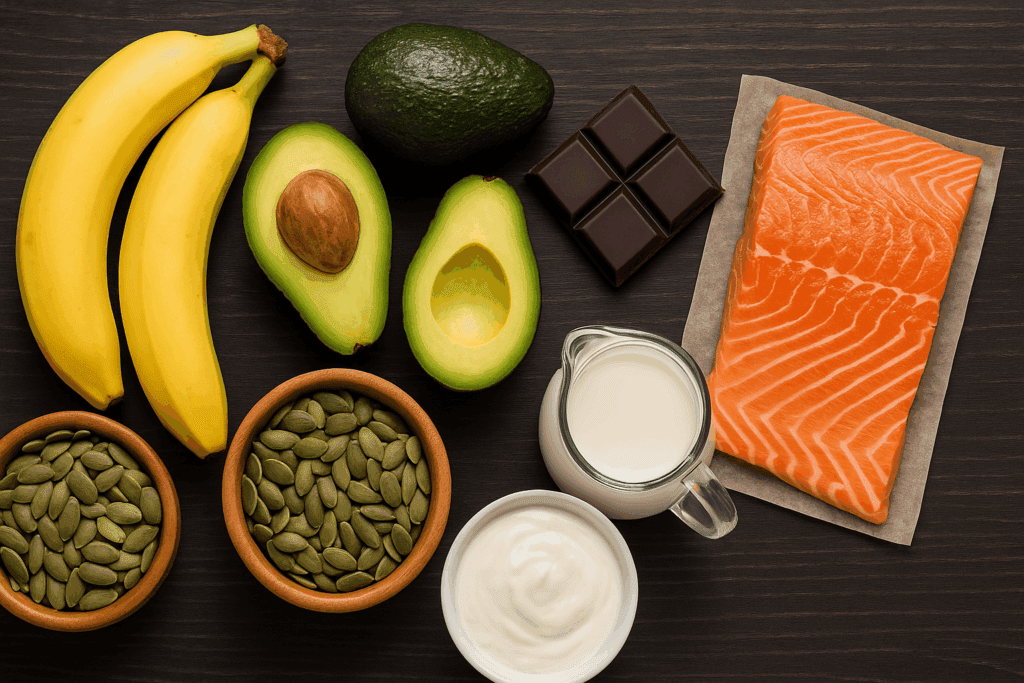
The Importance of Micronutrients in Heart Recovery
While macronutrients provide energy and structural support, micronutrients play a more nuanced yet equally crucial role in cardiovascular healing. Magnesium, potassium, selenium, and vitamin D are all intimately involved in maintaining heart rhythm, blood pressure regulation, and antioxidant defense. After a heart event, these micronutrients often become depleted due to stress, medication, or dietary insufficiencies.
Magnesium, found in foods like pumpkin seeds, black beans, and dark chocolate, helps regulate cardiac muscle contractions and supports healthy blood flow. Potassium, abundant in bananas, avocados, and potatoes, helps balance sodium levels and reduces blood pressure—a critical factor in reducing long-term cardiac strain. Selenium, though needed in smaller amounts, plays a vital role in protecting heart tissue from oxidative damage.
Vitamin D deficiency is also common among cardiac patients, particularly those with limited sun exposure or chronic inflammation. Fatty fish, egg yolks, and fortified dairy products can help meet requirements, but supplementation may be necessary in some cases. Understanding these intricacies allows individuals to tailor their diet following heart attack episodes in a way that maximizes cellular repair and systemic balance.

Managing Cholesterol and Blood Pressure Through Diet
Cholesterol and blood pressure are two of the most modifiable risk factors in cardiovascular health, and both are deeply influenced by dietary patterns. A Mediterranean-style diet, which emphasizes olive oil, vegetables, legumes, nuts, and moderate fish consumption, has repeatedly shown efficacy in lowering LDL cholesterol and improving arterial elasticity. This approach is particularly effective in supporting heart attack recovery and preventing recurrence.
Fiber plays a central role in cholesterol regulation. Soluble fiber, found in oats, beans, and apples, binds to cholesterol in the digestive tract and helps eliminate it from the body. Incorporating five to ten grams of soluble fiber daily has been shown to significantly lower LDL cholesterol levels over time. Reducing sodium intake is equally important for blood pressure control, and this can be achieved by limiting processed foods and choosing fresh, whole ingredients whenever possible.
When navigating what to eat after a heart attack fast food included, look for meals with no more than 600 mg of sodium per serving, and avoid menu items that are breaded, sauced, or cheese-heavy. Flavor can still be enhanced using herbs, citrus, and vinegar-based dressings. These swaps not only help regulate blood pressure but also align with a performance enhancement mindset, as stable blood flow supports efficient oxygen delivery during physical exertion.

Sustainable Lifestyle Shifts to Support Long-Term Heart Health
The most effective diet following heart attack recovery isn’t a short-term plan—it’s a sustainable way of eating that becomes integrated into daily life. This means focusing not just on food choices but also on behaviors that support consistency, mindfulness, and balance. Meal prepping, for example, is a valuable habit that can help avoid compulsive eating, especially when time is limited.
Mindful eating techniques, such as pausing between bites, savoring flavors, and eating without distractions, have been shown to support better portion control and increased satisfaction. These practices help individuals connect with their body’s cues, preventing both overeating and undereating—common concerns after a cardiac event. For those managing how to reduce troponin levels by food, consistent anti-inflammatory meal patterns have a greater cumulative impact than sporadic bursts of dietary discipline.
Sleep quality, stress management, and physical activity all interact with dietary habits to shape heart health outcomes. Sleep deprivation and chronic stress elevate inflammatory markers and blood pressure, while regular moderate exercise enhances insulin sensitivity and vascular function. A holistic view of recovery and performance is essential, and nutrition is a central pillar that influences every other aspect of well-being.
Rebuilding Confidence and Control Through Nutrition
Experiencing a heart attack can understandably leave individuals feeling vulnerable or uncertain about their body’s capacity to perform. But regaining control starts with education and small, empowering choices. Understanding what to eat after a heart attack, fast food moments included, and how to reduce troponin levels by food, gives individuals practical tools to navigate recovery with purpose.
Rebuilding confidence begins with achievable goals. This might mean adding one serving of leafy greens per day, replacing soda with water, or preparing lunch at home three days a week. Over time, these habits build momentum, leading to broader changes in energy levels, stamina, and overall health. For those pursuing endurance training or fitness milestones post-recovery, a smart dietary strategy becomes an asset, not a burden.
Importantly, collaboration with registered dietitians, cardiologists, and exercise specialists can help fine-tune nutrition plans based on individual health profiles. Personalized guidance ensures that food choices support both immediate healing and long-term performance, adapting as fitness levels increase and medical needs evolve.
FAQ: Nutrition After a Heart Attack – Fresh Insights and Expert Answers
1. How can someone gradually transition into a heart-healthy diet without feeling overwhelmed?
Shifting into a diet following heart attack recovery doesn’t need to happen overnight. In fact, gradual changes tend to be more sustainable. Start by modifying one meal per day—perhaps breakfast—by incorporating whole grains, fresh fruit, and unsweetened dairy. Over time, apply similar adjustments to other meals. This process helps minimize the stress that often comes with dietary overhauls. Planning ahead is also crucial; having pre-prepared healthy options reduces reliance on fast food. If you do opt for quick meals, focus on learning what to eat after a heart attack fast food scenario so you can make wiser choices under pressure.
2. Can stress management influence the effectiveness of dietary changes after a heart attack?
Yes, stress plays a critical role in heart health. Elevated cortisol levels from chronic stress can counteract the benefits of even the most carefully constructed diet following heart attack recovery. Mindful eating practices, like chewing slowly or eating without distractions, help reduce cortisol spikes during meals. Furthermore, stress can increase cravings for processed comfort foods, making it harder to avoid poor choices. Combining relaxation techniques such as deep breathing or short walks with improved dietary awareness reinforces both cardiovascular healing and lifestyle change. Even when eating on the go, knowing what to eat after a heart attack fast food settings can keep stress-induced decisions from undermining recovery.
3. What are some lesser-known foods that may help reduce troponin levels naturally?
Beyond widely discussed staples like salmon and berries, certain lesser-known foods have shown promise in reducing inflammation and supporting cardiac health. For instance, beets are rich in nitrates that enhance nitric oxide production, improving blood flow and potentially lowering troponin levels. Seaweed, particularly varieties like wakame and nori, contains bioactive compounds with antioxidant effects. Black garlic, a fermented version of raw garlic, provides allicin in a more bioavailable form and can contribute to vascular protection. Including these in a diet following heart attack recovery provides new ways to diversify meals. They may offer complementary benefits when exploring how to reduce troponin levels by food.
4. Are plant-based diets more effective in supporting post-heart attack recovery?
Plant-based diets are increasingly recommended in cardiology because they focus on high fiber, low saturated fat, and abundant antioxidants. These qualities support improved lipid profiles and reduced inflammation. While not everyone needs to go fully vegan, increasing plant intake can accelerate recovery. Lentils, chickpeas, nuts, and seeds offer high-quality protein and micronutrients that rival animal-based options. Additionally, plant-forward choices can make it easier to manage what to eat after a heart attack fast food context included, as many chains now offer vegetarian bowls, wraps, and salads. These foods can enhance both cardiovascular healing and energy levels without the burden of animal fat intake.
5. How can cultural dietary practices be adapted for heart health without sacrificing tradition?
Many traditional cuisines offer naturally heart-friendly options—think Mediterranean, Japanese, or South Indian diets. The key lies in preparation and portioning. Using olive oil instead of ghee, steaming instead of frying, or choosing brown rice over white are culturally respectful modifications. These swaps allow families to maintain culinary identity while supporting a diet following heart attack recovery. For instance, someone craving Mexican cuisine might opt for bean-based burritos with avocado instead of cheese-heavy dishes. Even when dining out, knowing what to eat after a heart attack fast food scenario involves seeking grilled proteins, legumes, and veggies that align with familiar cultural flavors.
6. How does fiber contribute to reducing troponin levels and overall heart health?
Soluble fiber plays a pivotal role in regulating lipid metabolism and lowering systemic inflammation—two factors that influence troponin concentrations. Foods like oats, chia seeds, and lentils bind to bile acids, facilitating cholesterol excretion. This lowers the burden on arterial walls and reduces plaque formation. A consistent intake of fiber also supports gut health, which in turn impacts immune and inflammatory responses. When planning how to reduce troponin levels by food, fiber should be a central focus. It also improves satiety, making it easier to avoid the temptation of unhealthy snacks, including those in fast food settings.
7. What role do fermented foods play in post-heart attack dietary planning?
Fermented foods like kimchi, sauerkraut, kefir, and tempeh support gut microbiota, which has been shown to influence systemic inflammation and metabolic regulation. The gut-heart axis is an emerging field revealing how beneficial bacteria produce compounds that modulate immune responses and improve endothelial function. Including these foods in a diet following heart attack events can enhance the bioavailability of certain nutrients, like B vitamins and magnesium, that support cardiac repair. Furthermore, they can act as flavorful, low-sodium alternatives to processed condiments. When navigating what to eat after a heart attack fast food menu-wise, look for yogurt parfaits or vegetable-rich bowls with pickled toppings as accessible fermented options.
8. Can strategic meal timing improve cardiac recovery and endurance?
Yes, meal timing can influence blood sugar stability, energy output, and recovery, especially for those incorporating exercise into post-recovery routines. Eating a balanced breakfast within an hour of waking helps reduce cortisol and sets the tone for nutrient intake throughout the day. Post-exercise meals should include both protein and complex carbohydrates to support muscle repair and replenish glycogen. Fasting for long periods may increase stress hormone production and potentially elevate troponin markers in susceptible individuals. Incorporating evenly spaced meals is a smart tactic when learning how to reduce troponin levels by food and optimizing metabolic balance during heart recovery.
9. Are there performance-enhancing foods suitable for those in heart attack recovery?
Yes, several performance-enhancing foods support both athletic goals and heart healing. Tart cherry juice, for example, reduces exercise-induced inflammation and supports joint recovery. Pomegranate contains polyphenols that improve oxygen delivery during aerobic activity. Beetroot juice enhances nitric oxide production, boosting stamina. These can be integrated into a diet following heart attack guidelines as functional foods with dual benefits. When selecting what to eat after a heart attack fast food or not, look for ingredients that serve both cardiovascular and physical endurance purposes.
10. What psychological strategies can help reinforce long-term dietary adherence after a heart attack?
Sustained change often requires addressing the psychological side of recovery. Cognitive behavioral approaches, such as setting realistic goals, identifying triggers, and using positive reinforcement, are key. Journaling meals, celebrating non-scale victories, and reframing setbacks as learning opportunities promote mental resilience. Social support—whether through family, health coaches, or peer groups—can also fortify commitment. A practical technique includes visually planning meals for the week, especially in situations where what to eat after a heart attack fast food becomes an unavoidable decision. When integrated with mindfulness and education, these psychological tools elevate the effectiveness of learning how to reduce troponin levels by food and lifestyle over time.
Conclusion: Fueling Recovery and Endurance With Smarter Choices
Smart nutrition after a heart event is not about deprivation or perfection—it’s about making consistent, informed choices that nurture both recovery and resilience. Whether learning what to eat after a heart attack, fast food options included, or investigating how to reduce troponin levels by food, the foundation remains the same: prioritize whole, unprocessed ingredients that reduce inflammation, support vascular function, and empower sustainable change.
By adopting a balanced, plant-forward diet following heart attack experiences, individuals can take an active role in their healing process. These choices not only reduce the likelihood of recurrent events but also enhance quality of life, energy, and performance. The goal is not merely survival, but thriving—with nutrition as a powerful tool for reclaiming strength and endurance.
For those looking to return to athletic training, maintain peak energy at work, or simply enjoy more vitality in daily life, dietary strategy becomes a form of self-respect. Each meal is an opportunity to support the heart, reinforce stamina, and build a lifestyle rooted in both science and self-care. And in doing so, the journey from recovery to performance becomes not just possible, but inspiringly powerful.
Was this article helpful? Don’t let it stop with you. Share it right now with someone who needs to see it—whether it’s a friend, a colleague, or your whole network. And if staying ahead on this topic matters to you, subscribe to this publication for the most up-to-date information. You’ll get the latest insights delivered straight to you—no searching, no missing out.
Further Reading:
What diet should a person follow after a heart attack?

